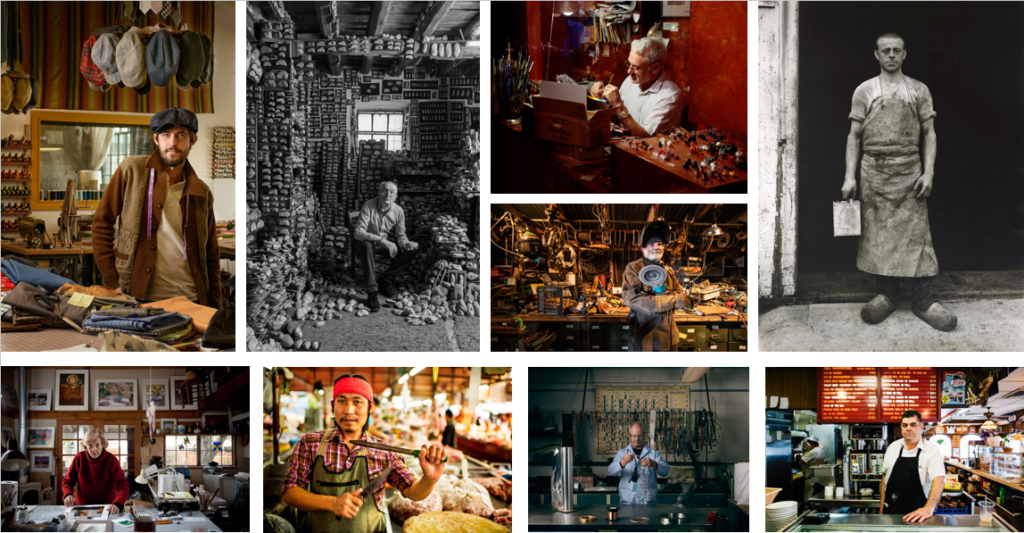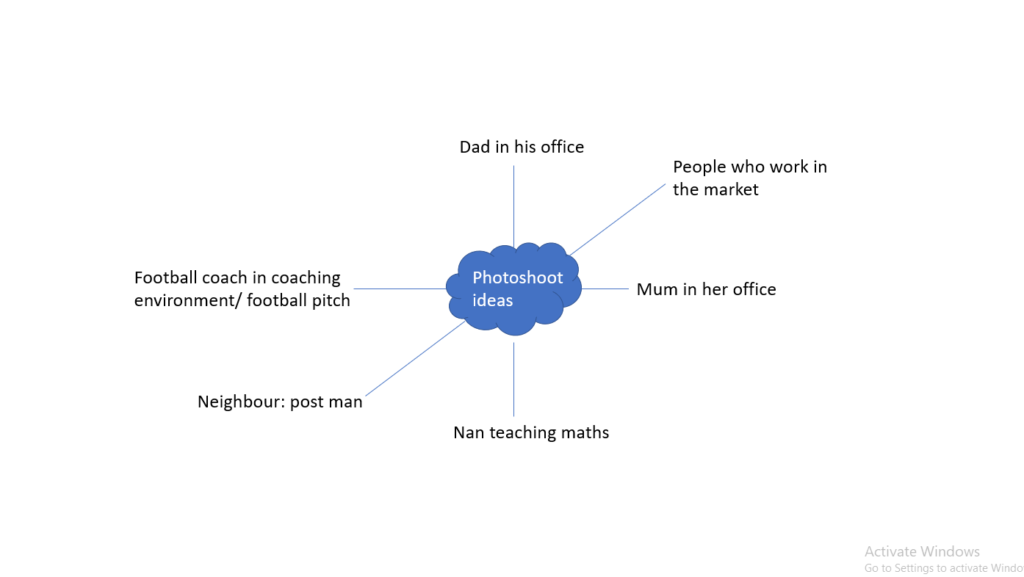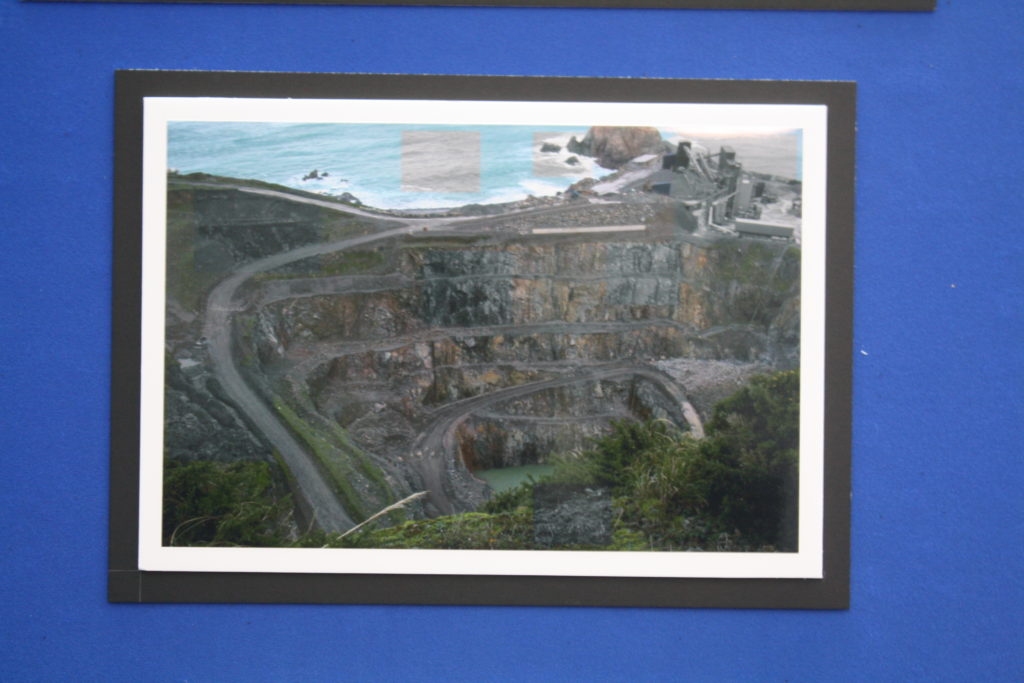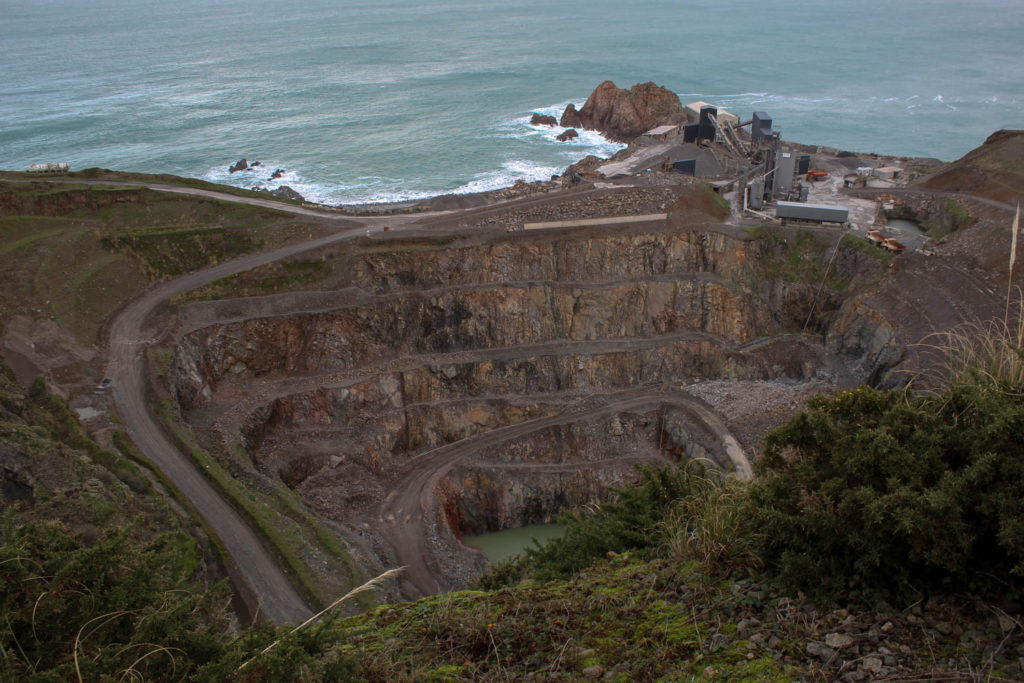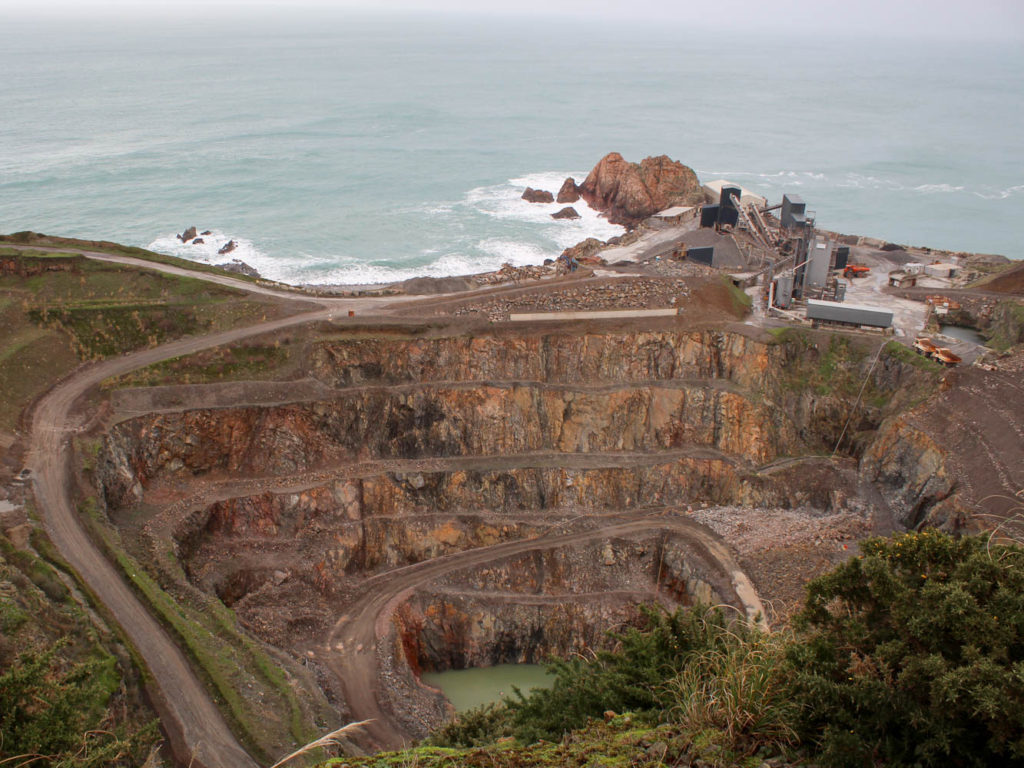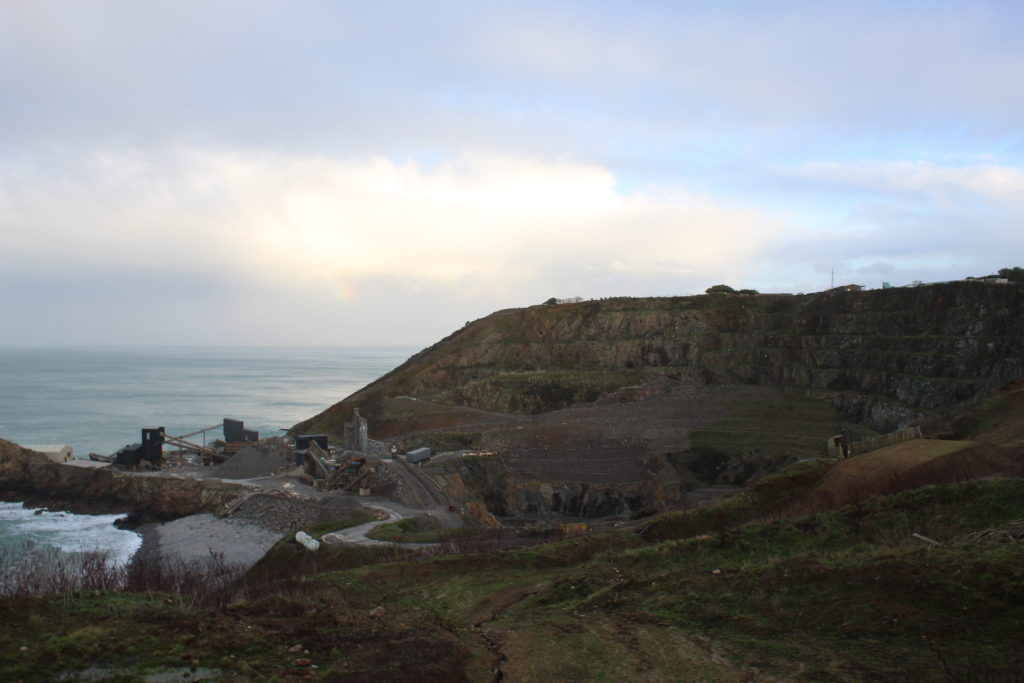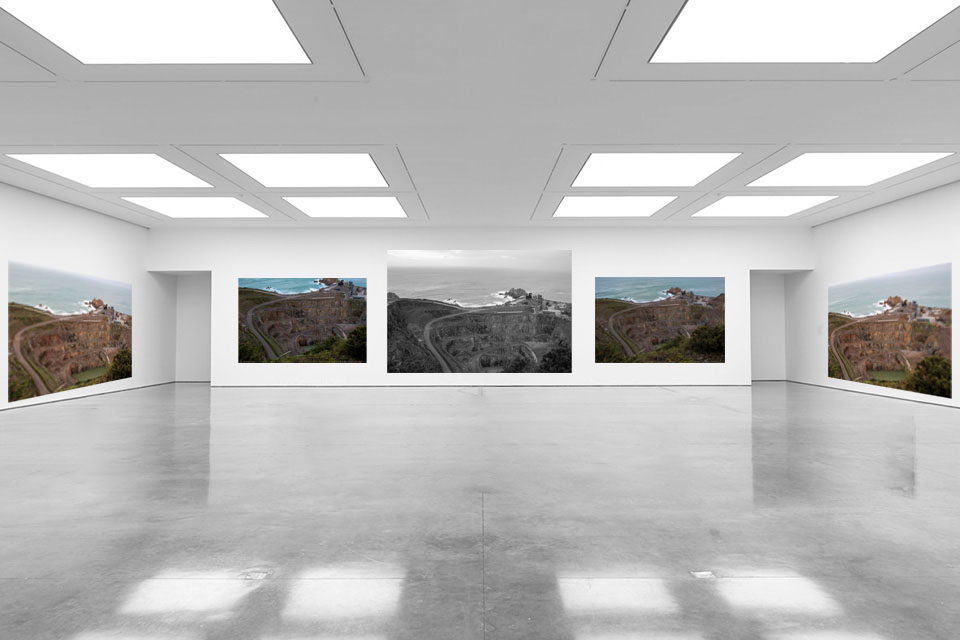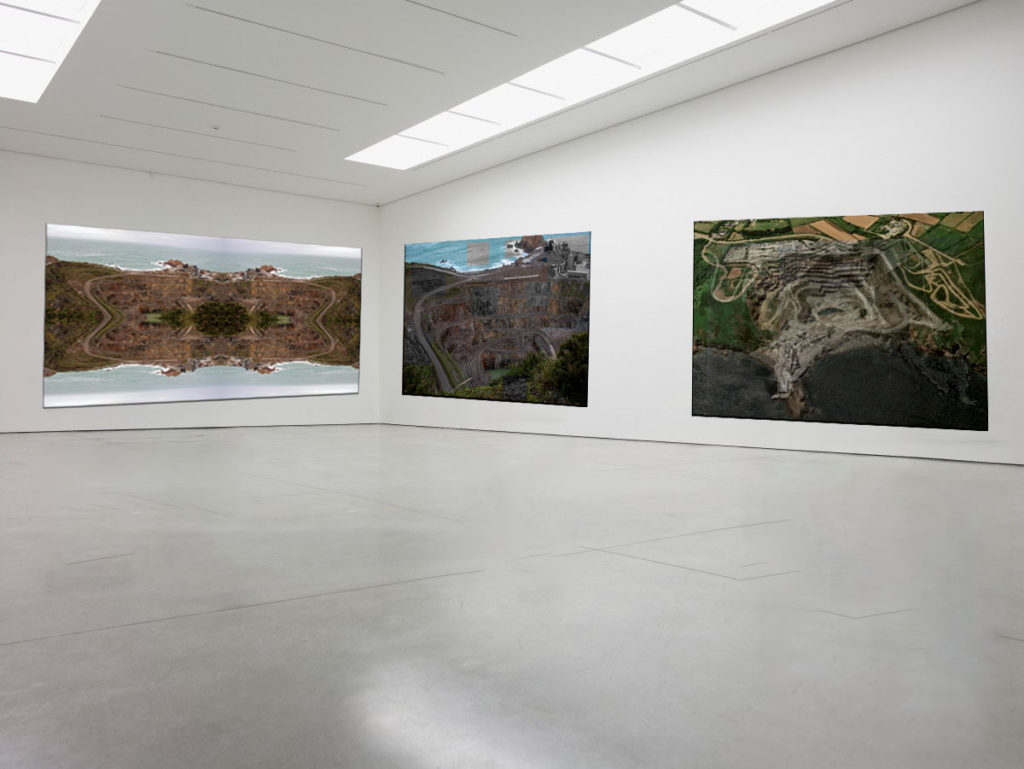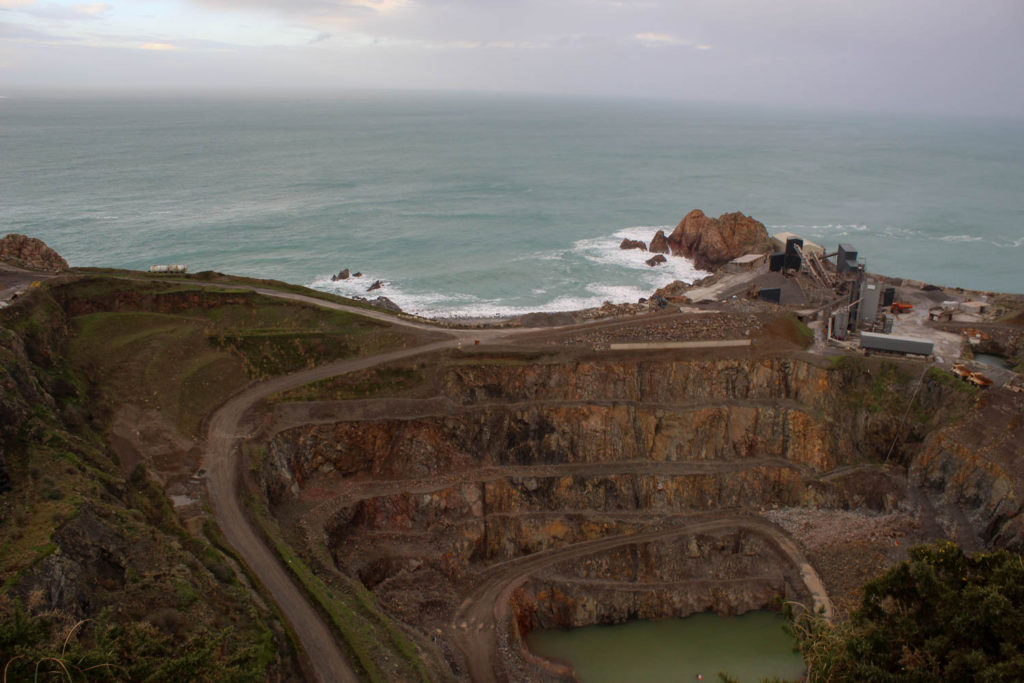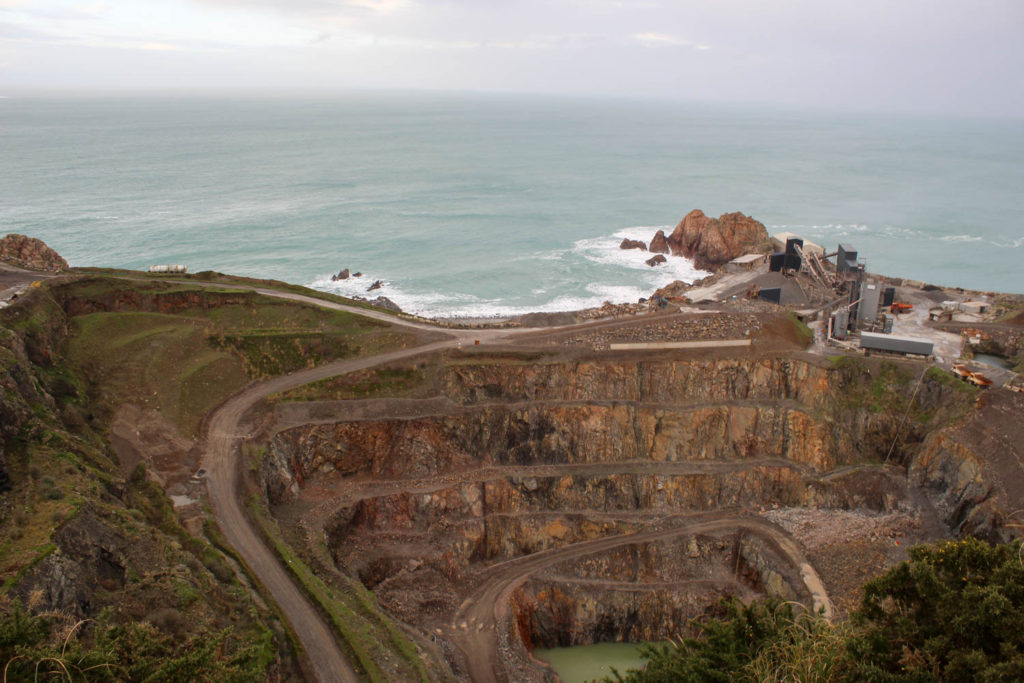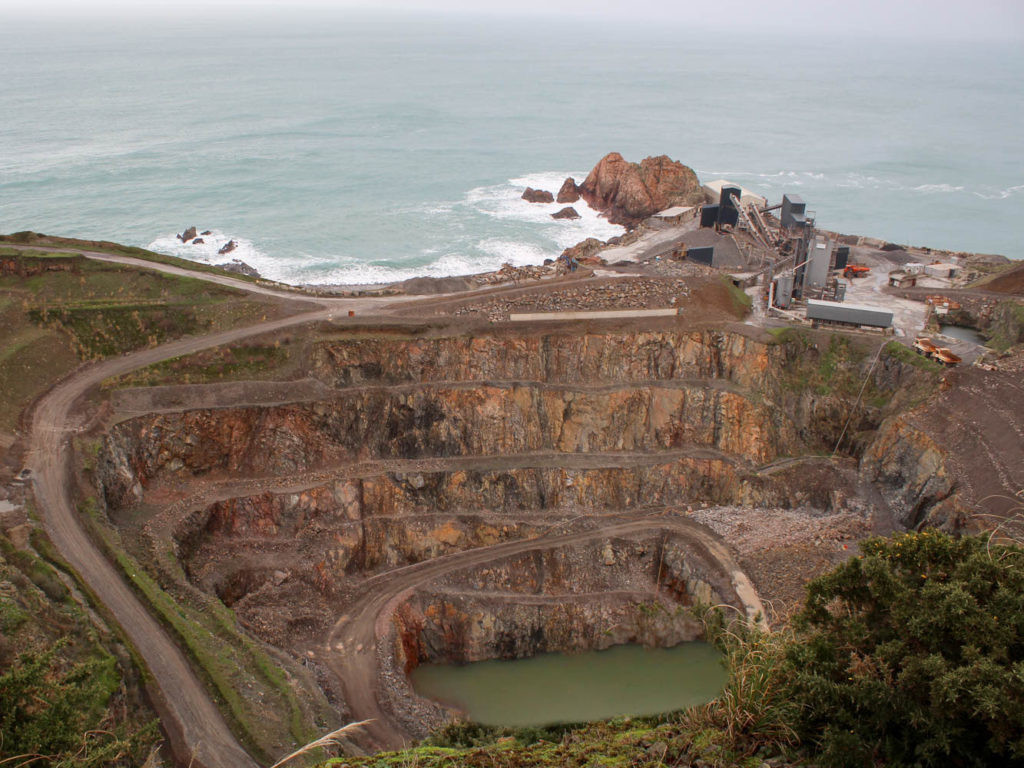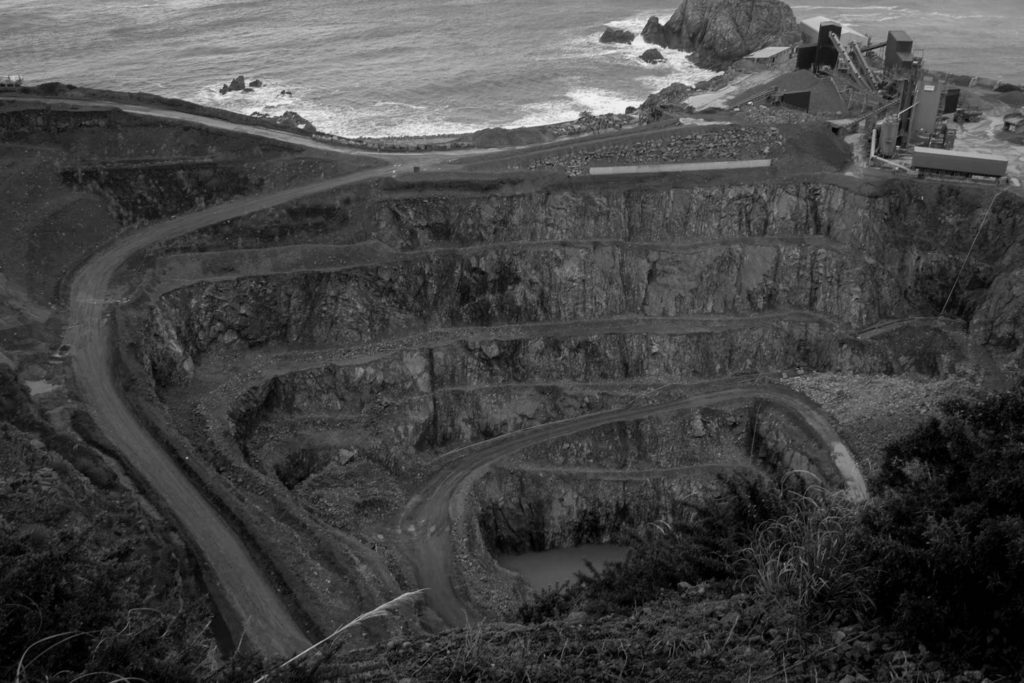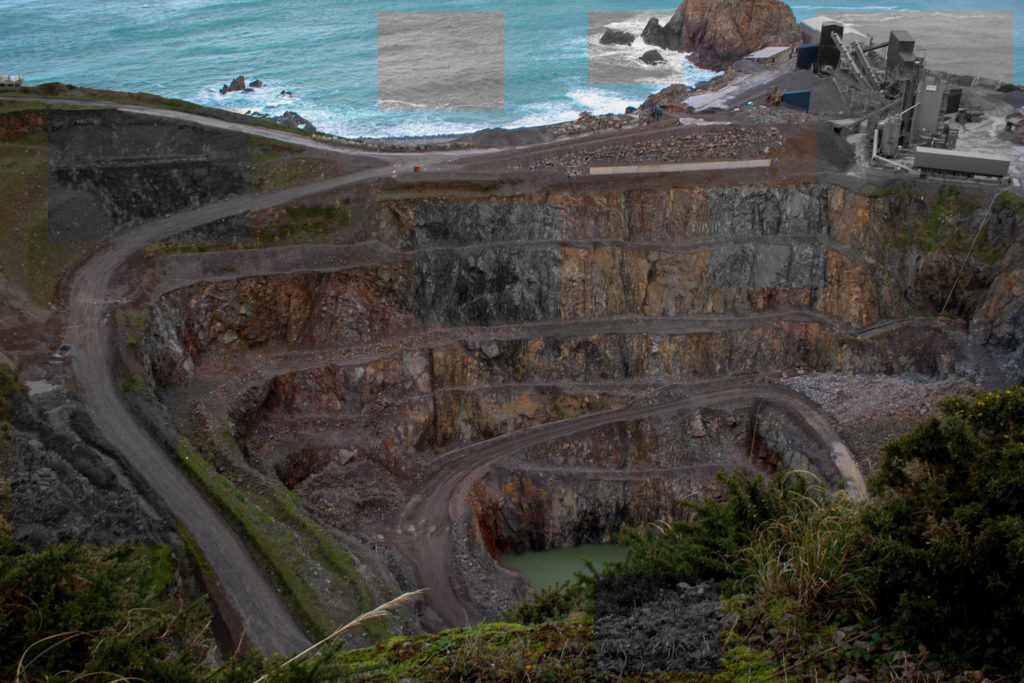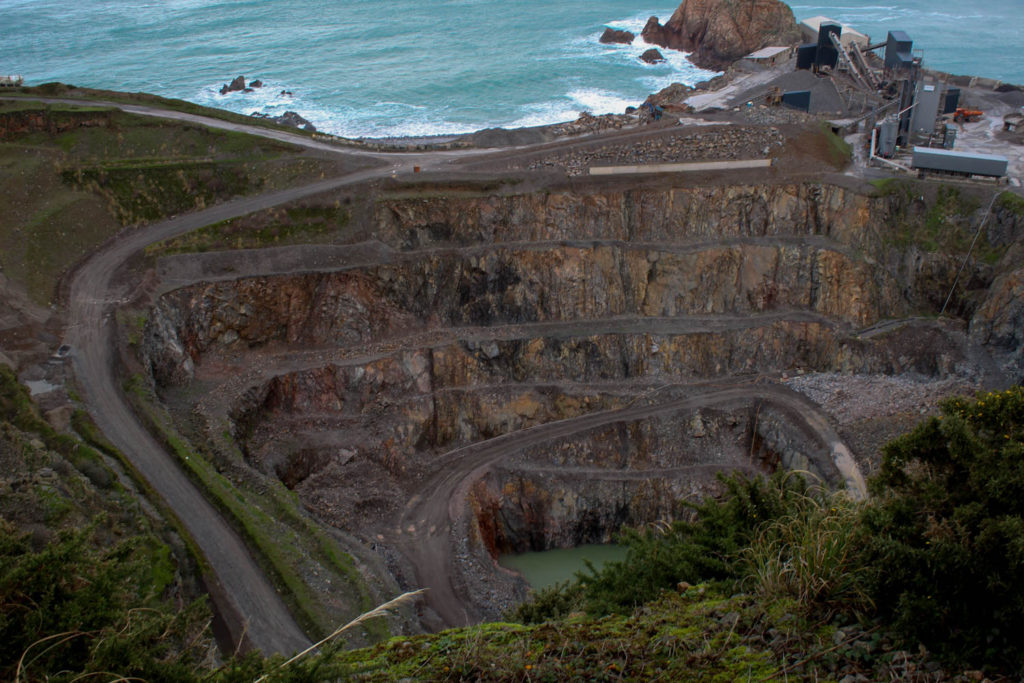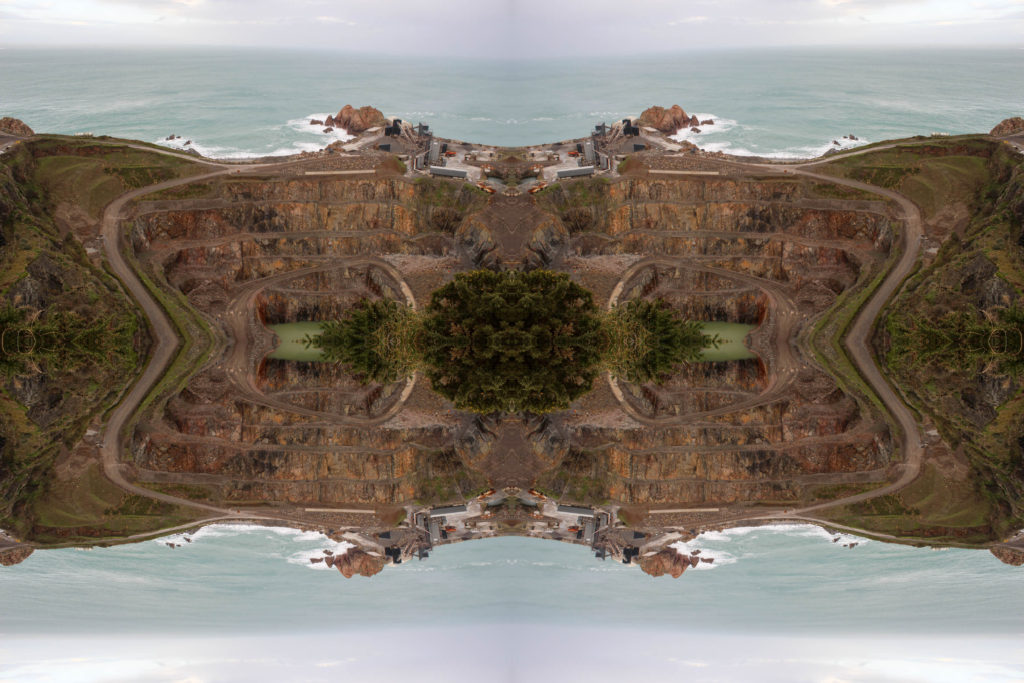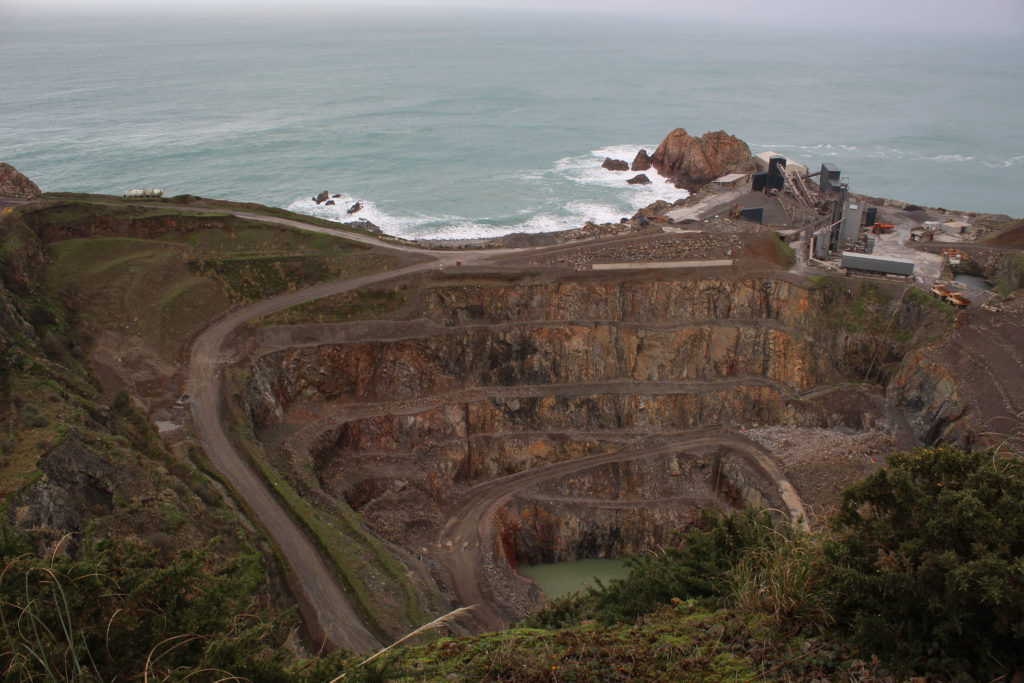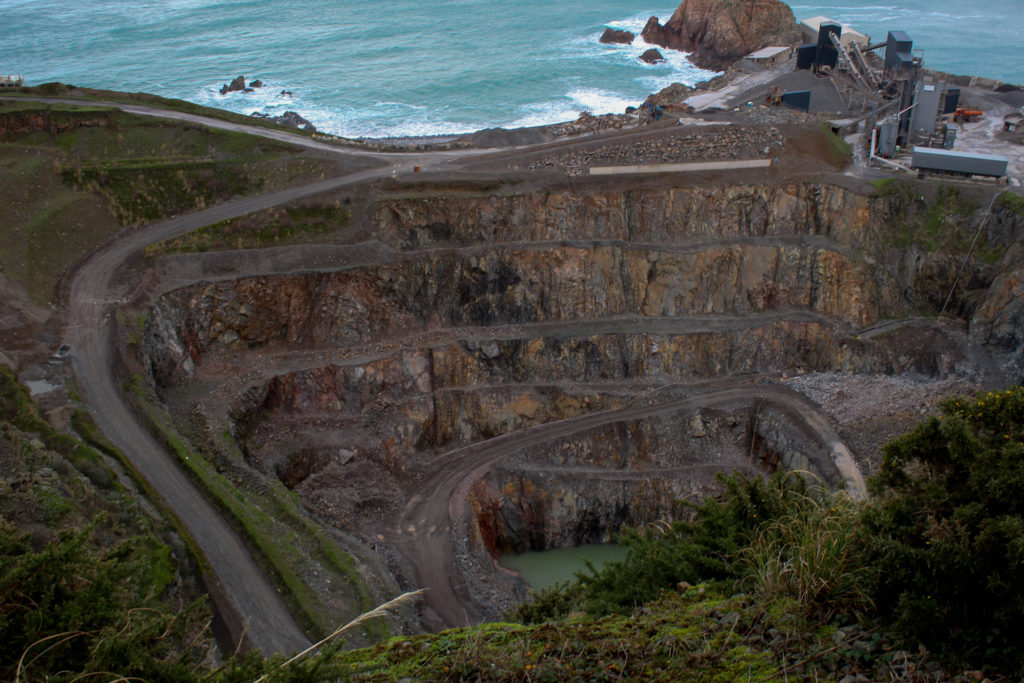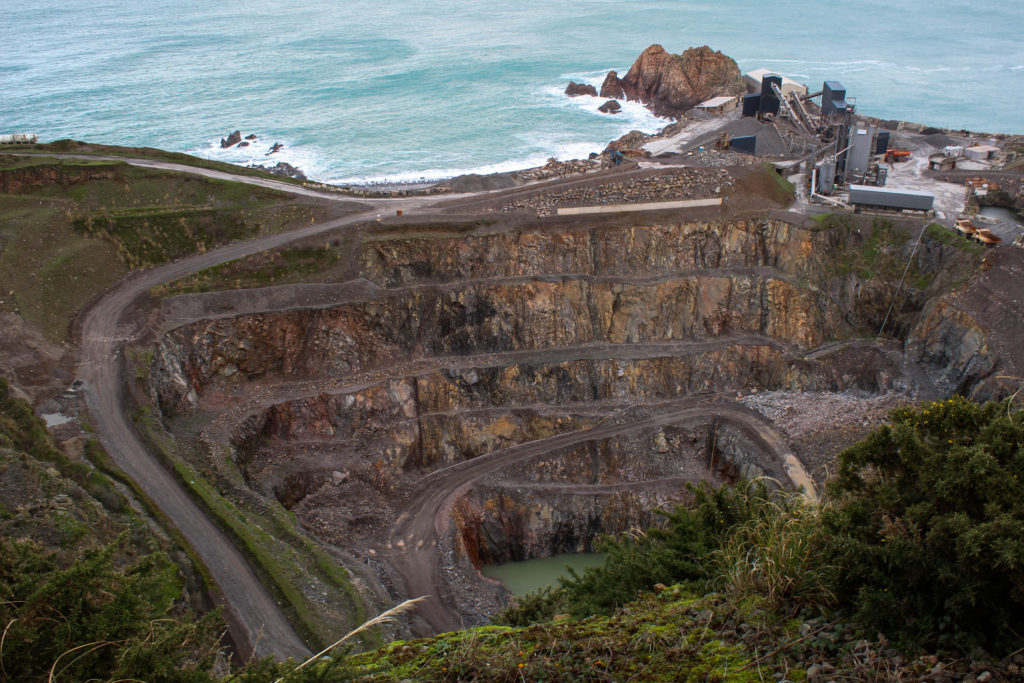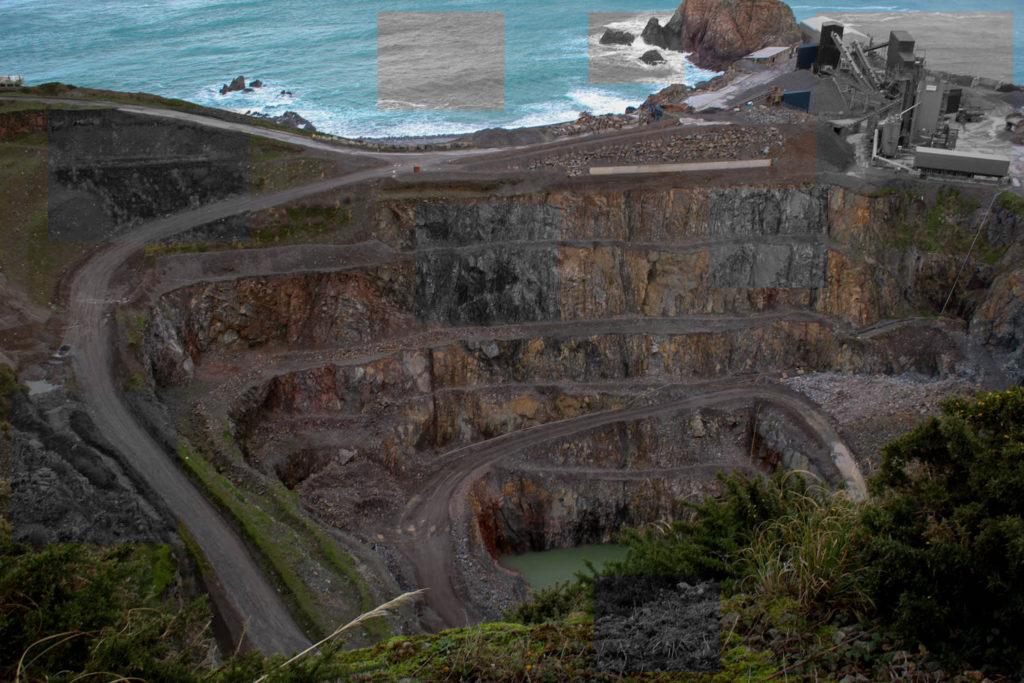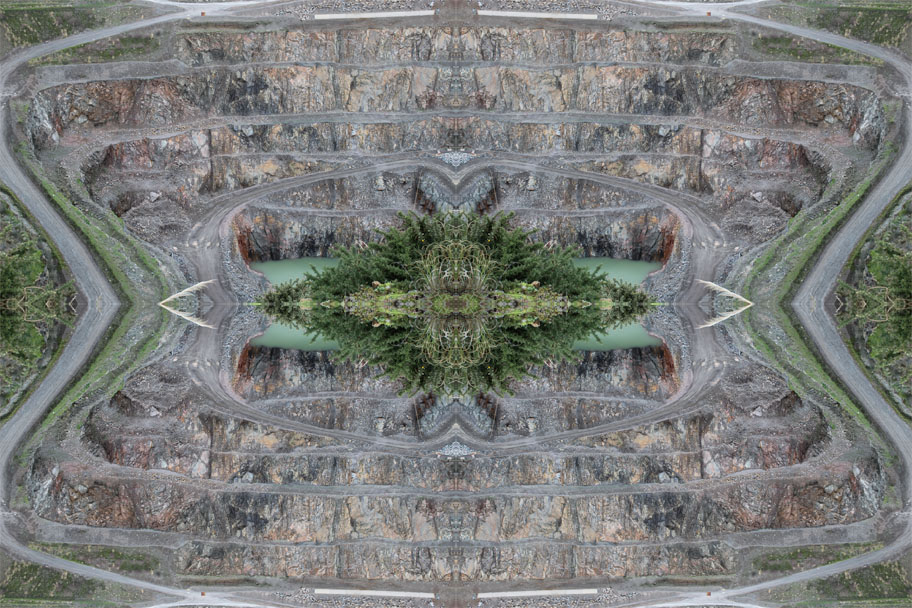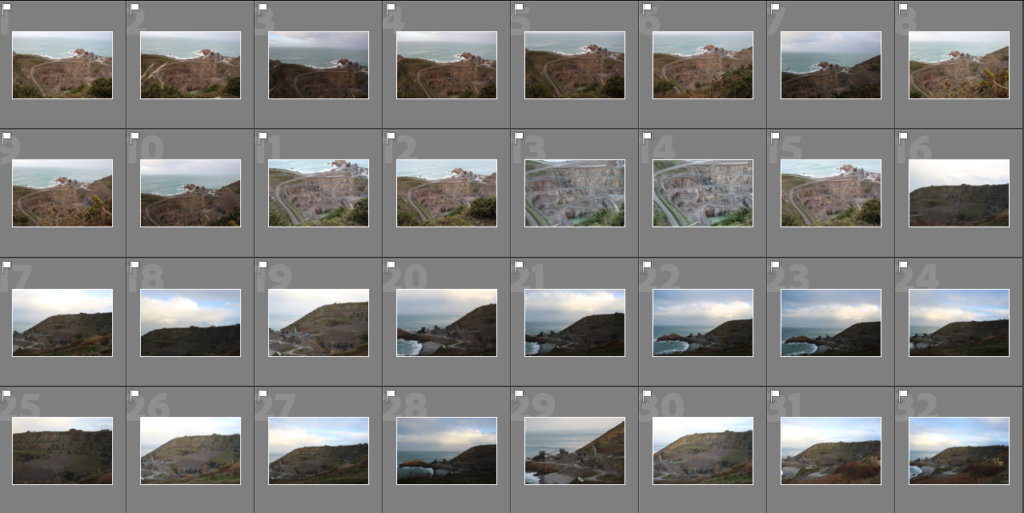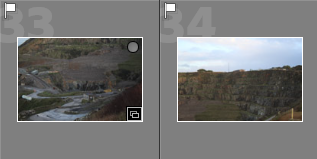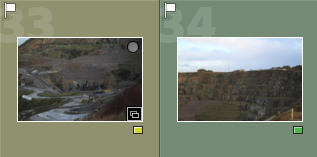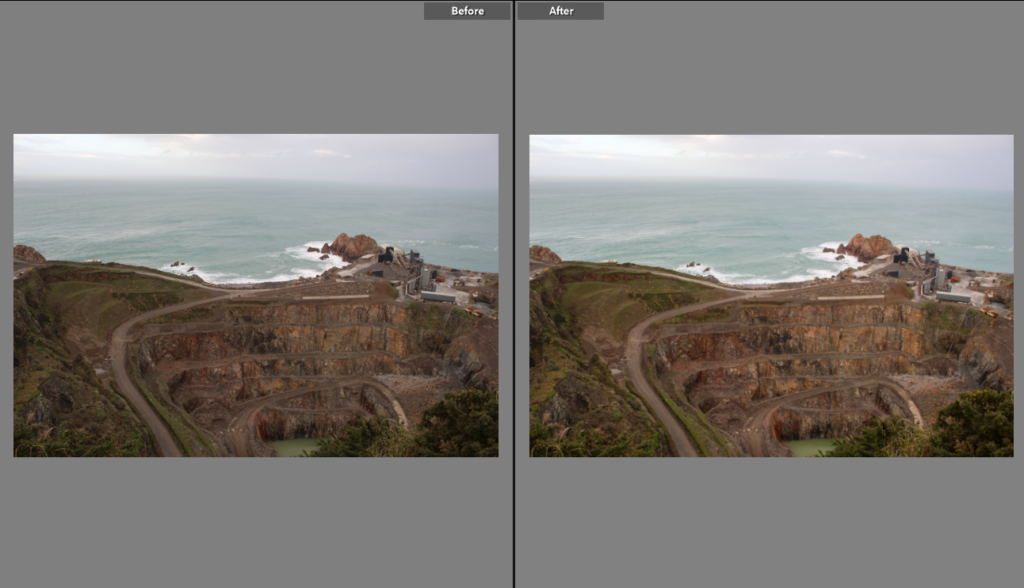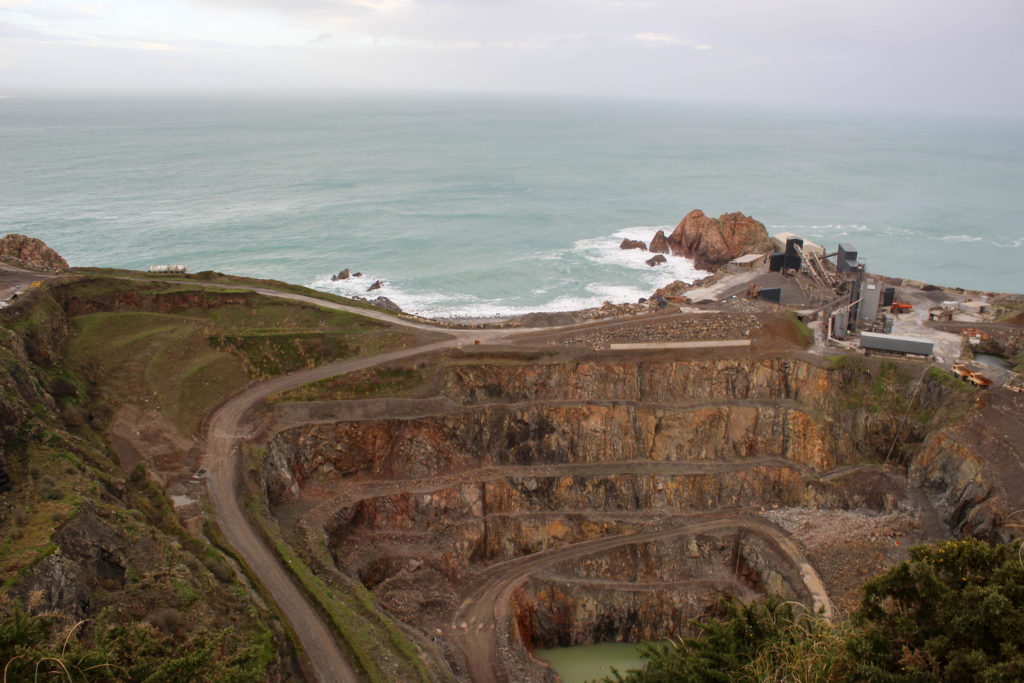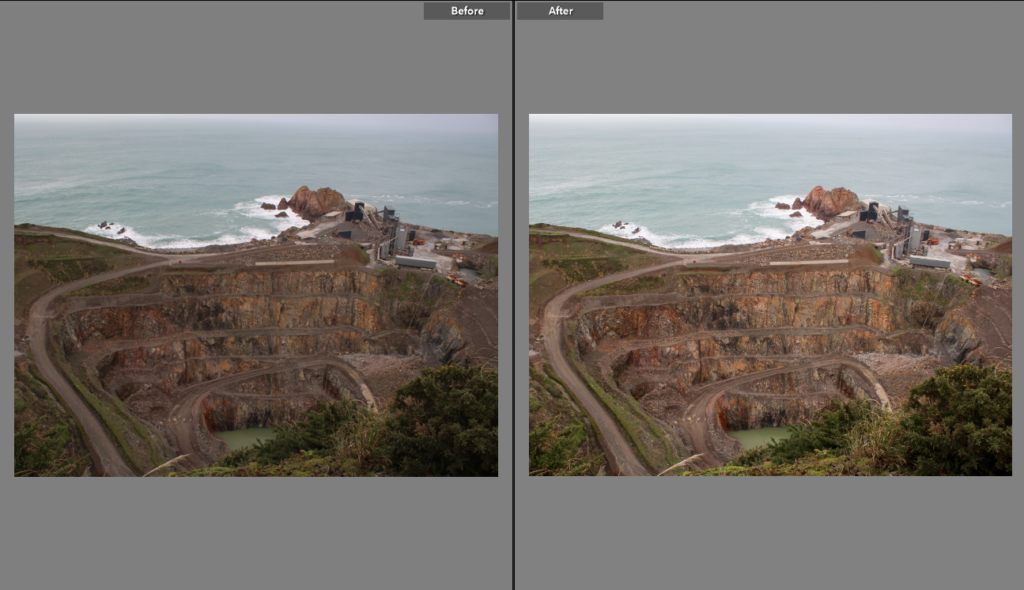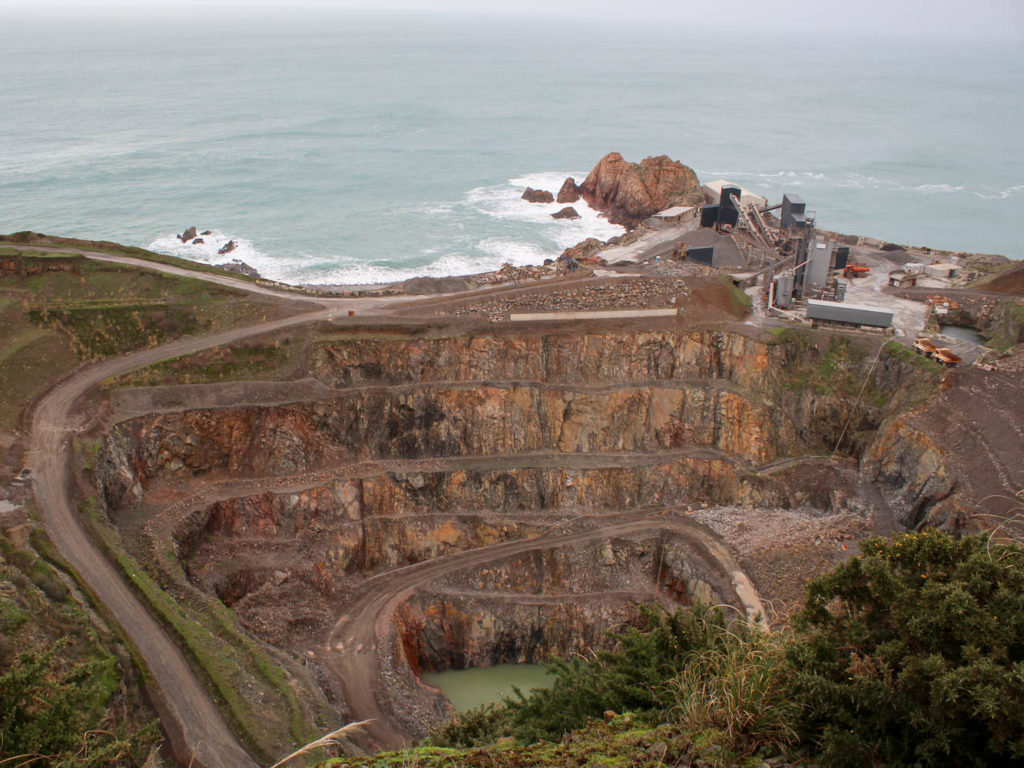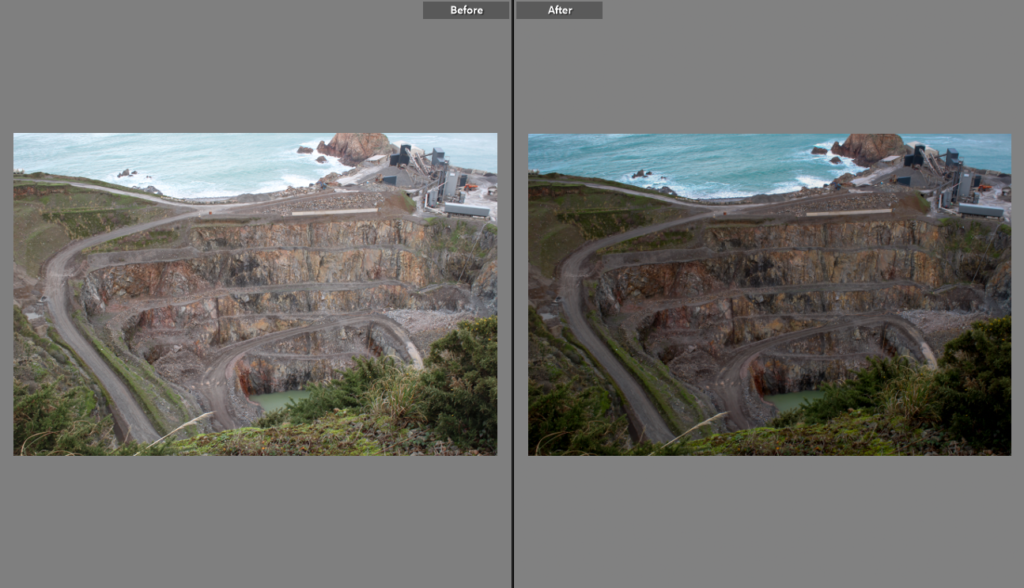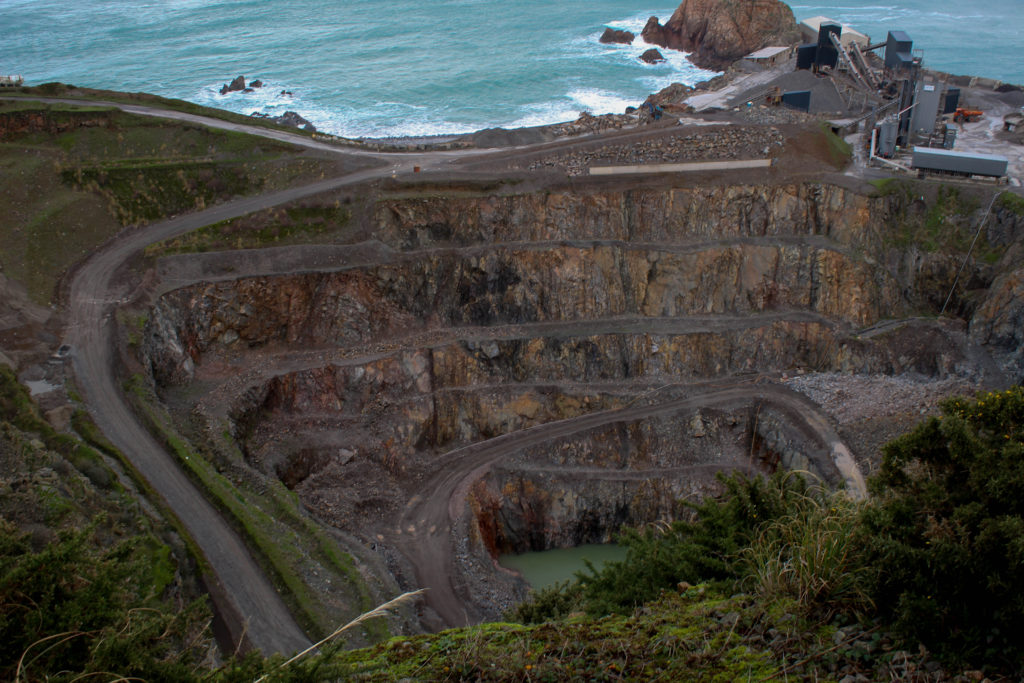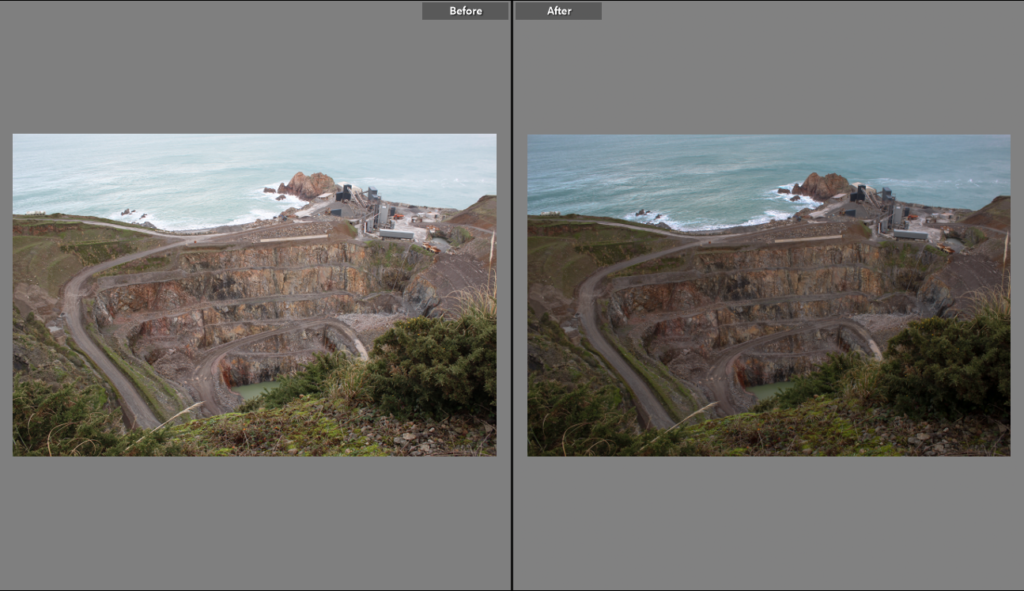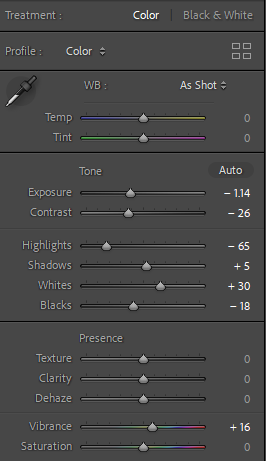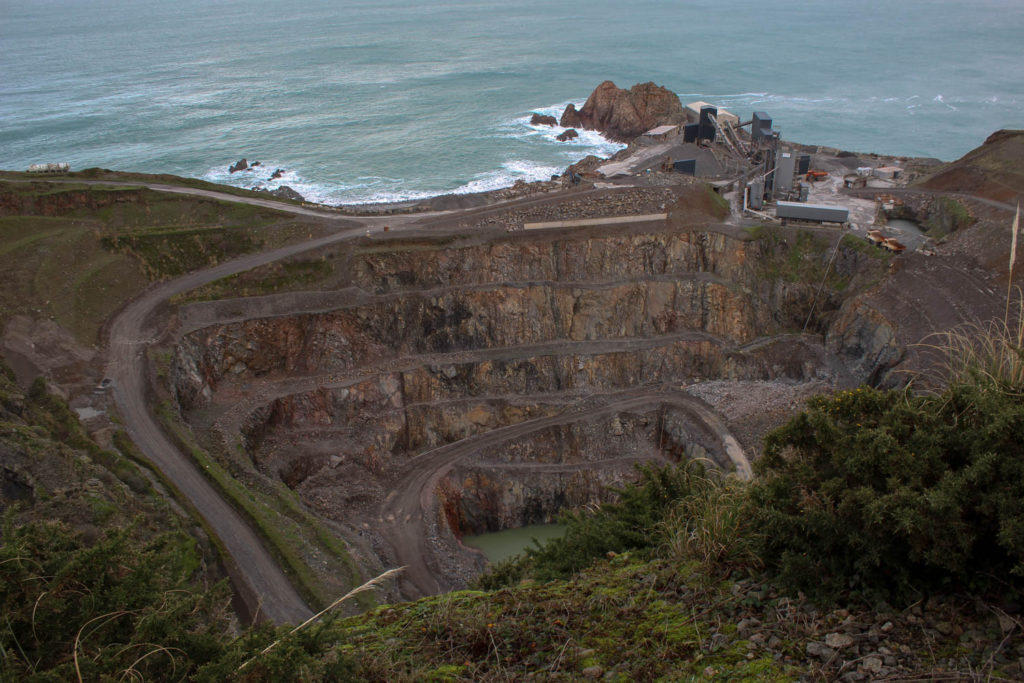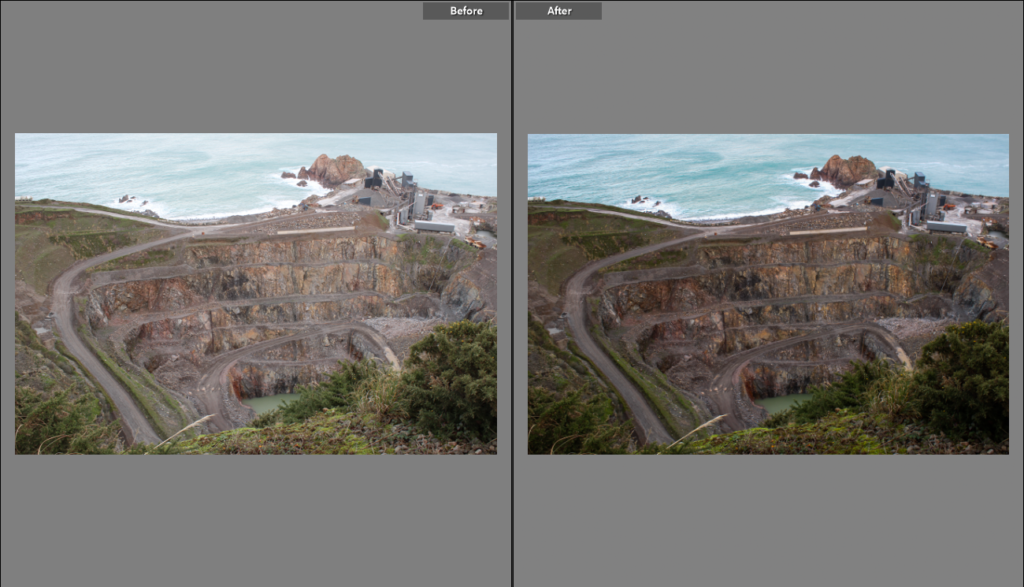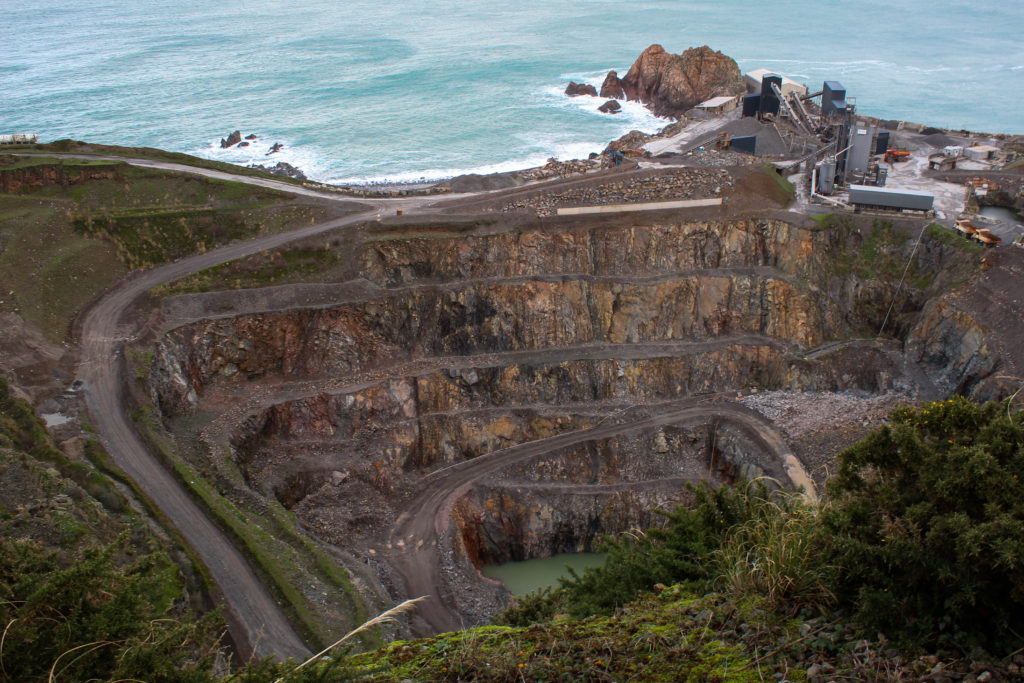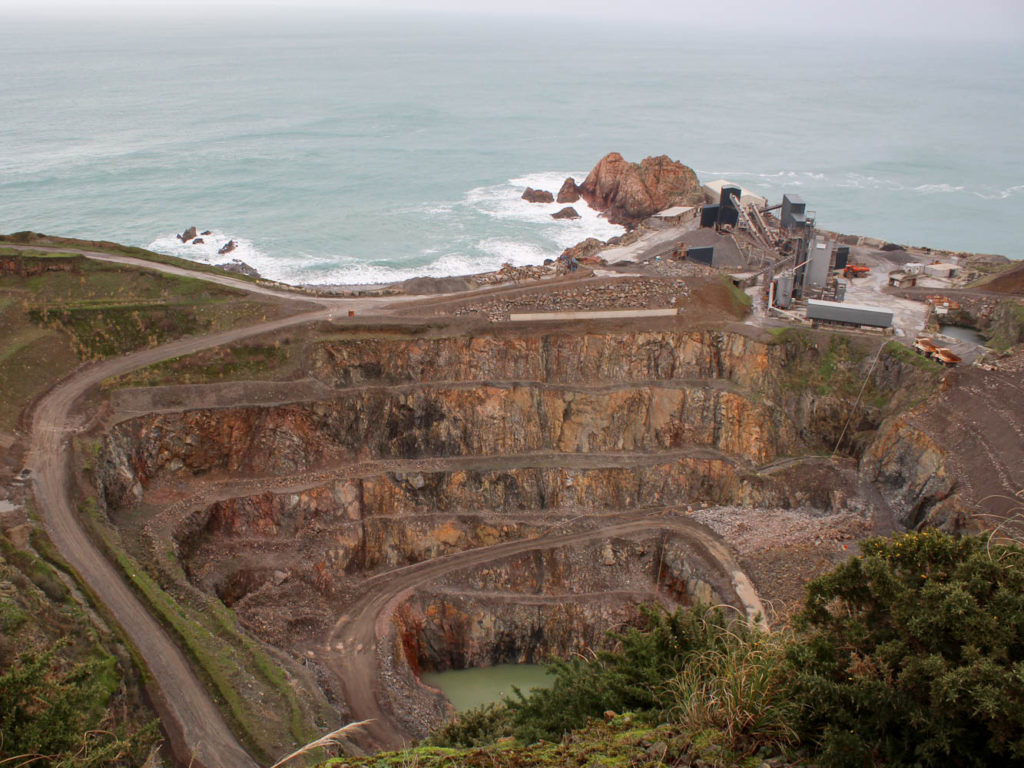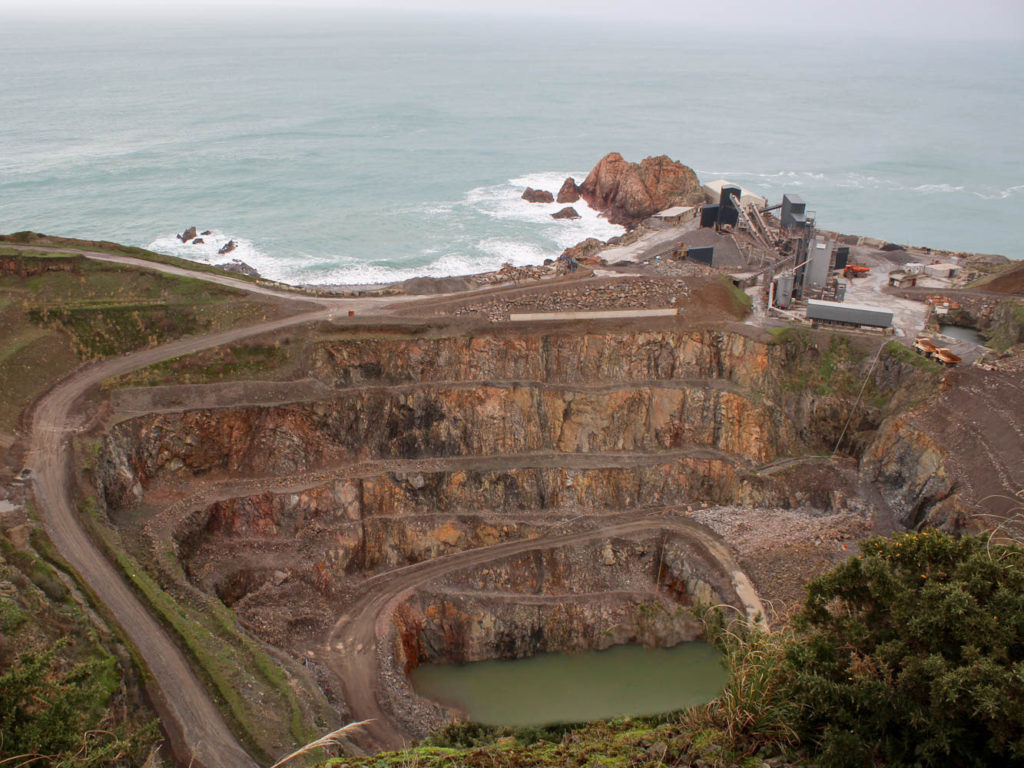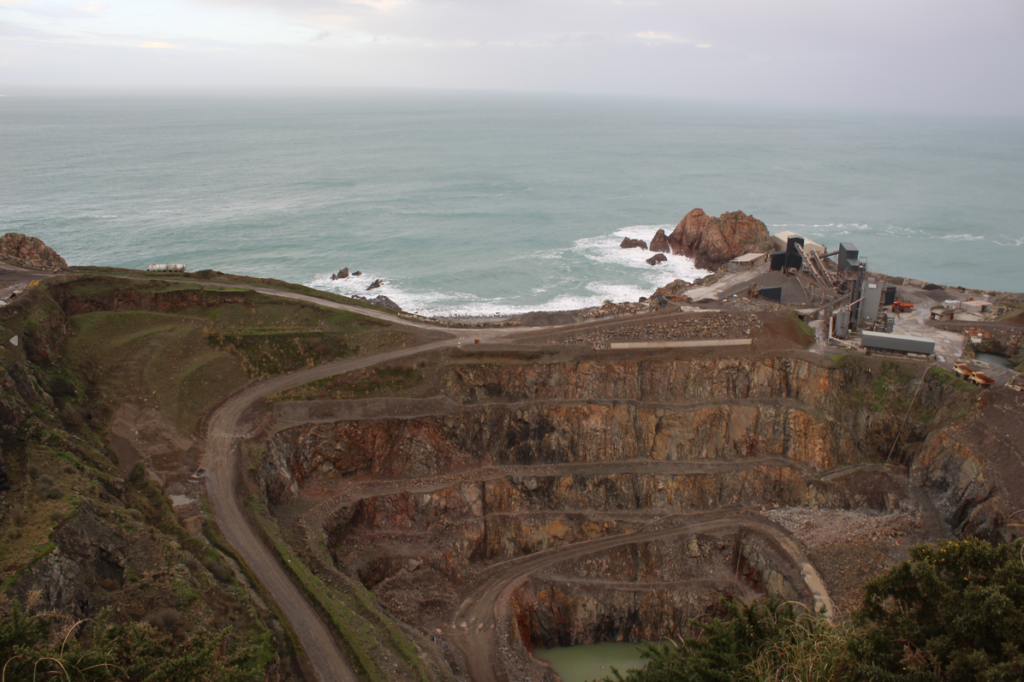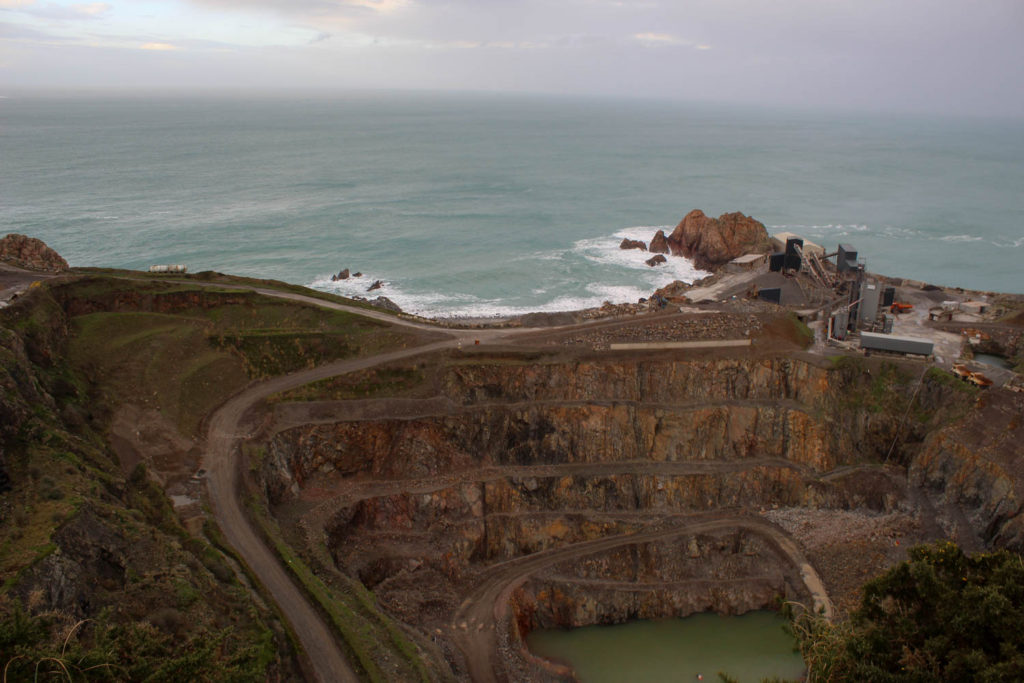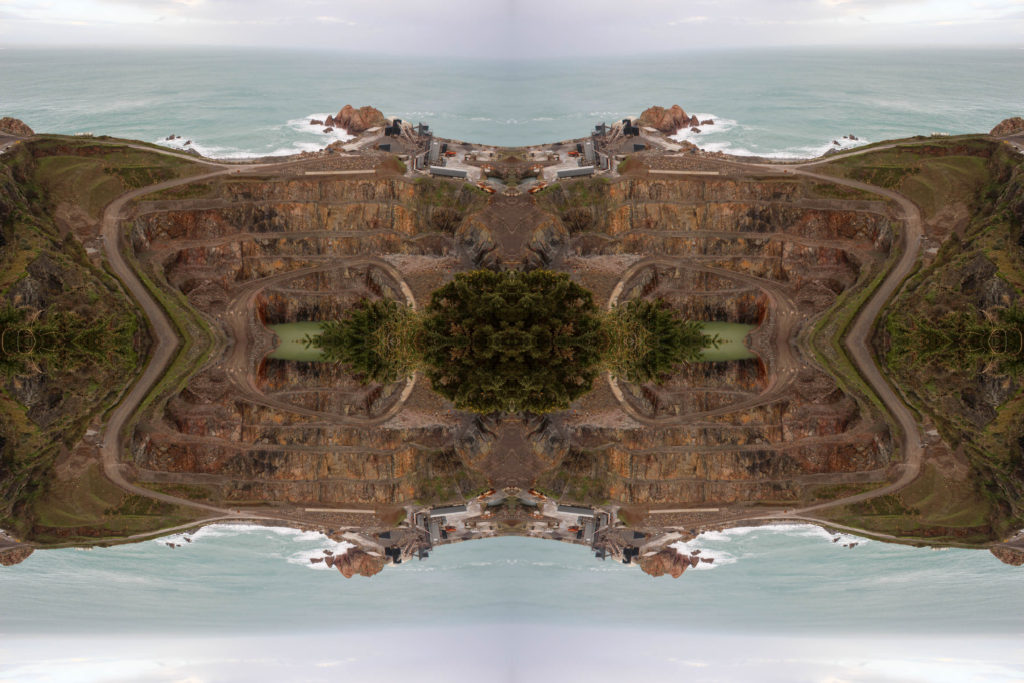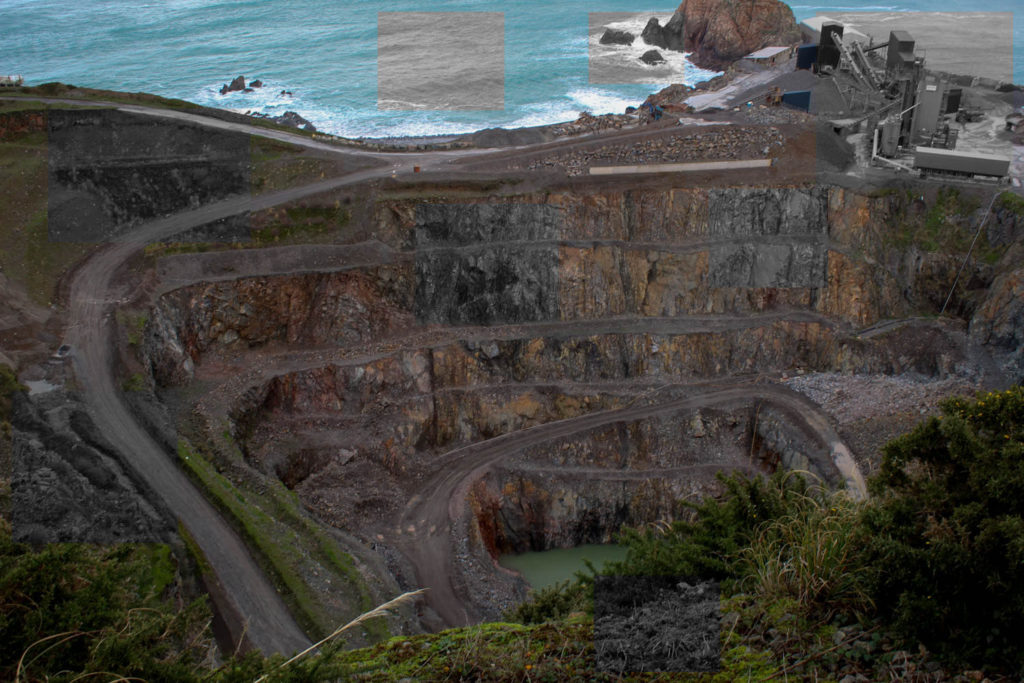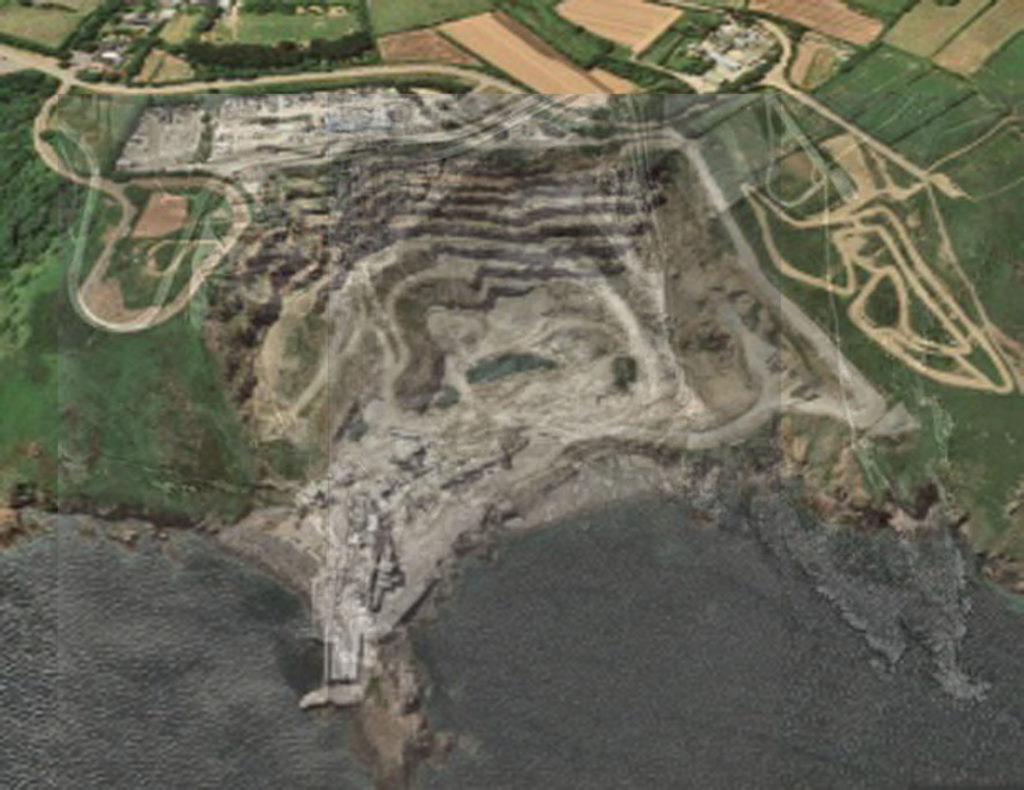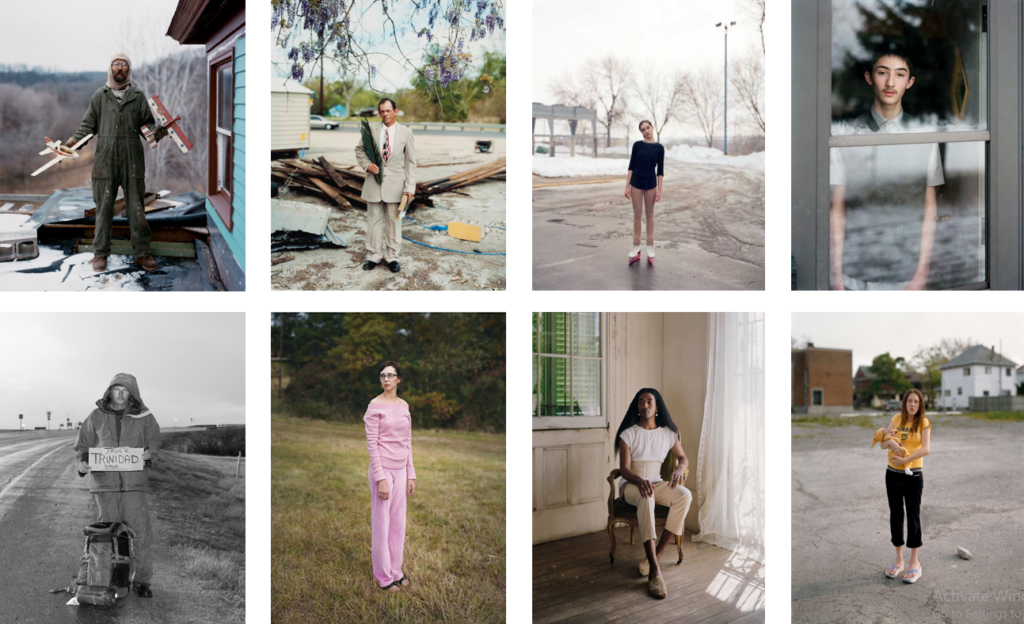
Alec Soth is a photographer based in Minneapolis, Minnesota. Soth has made many books, ‘Sleeping By The Mississippi’ being the most famous, as he likes to make “large scale American projects.” ‘Sleeping By The Mississippi’ was put together by the images Soth took while travelling around the Mississippi river. He likes his images to be ‘of off-beat’, obvious and boring images of modern America. Within his images he likes the subject to be a “loner or dreamer.” Alec Soths work is inspired by Diane Arbus and has had his work compared to Walker Evens and Stephen Shore. When taking his images Soth has admitted that he “feels very nervous at times” but. he finds that his awkwardness comfort people.

This is a digital portrait taken of Charles Vasa by Alec Soth. The mise-en-scene presents Charles in his coveralls standing on a roof holding two model planes, one in each hand, presenting them to the viewer. Charles is stood against a rural winter background in Minnesota, which is out of focus. This tells us that that image has been taken with a narrow depth of field and a large aperture because the subject is in focus and the background isn’t. The photo has been taken from a straight on angle with the subject engaging with the camera, which makes the image feel tense and gives it depth. The use of lighting is natural however, as it is a overcast winter day there isn’t much of a light source which is why there aren’t many shadows present in the image. The colours in the image are quite dull and could be described as ‘army like’ as there are many greens, browns, white and blacks seen in the image. The use of those colours relate to the Air force as the subject is holding two model planes and wearing clothing that makes him look like a pilot. It can be seen that Soth has used the rules of thirds because he has cantered the subject in the middle thirds. Overall the image has a sense of awe and a dreamlike feel to it as the freshly painted house contrasts with the messy, unfinished rooftop.




